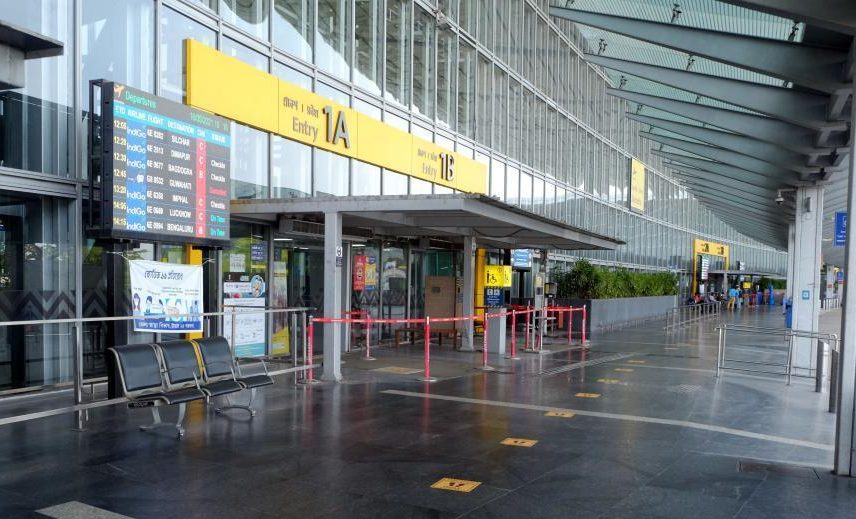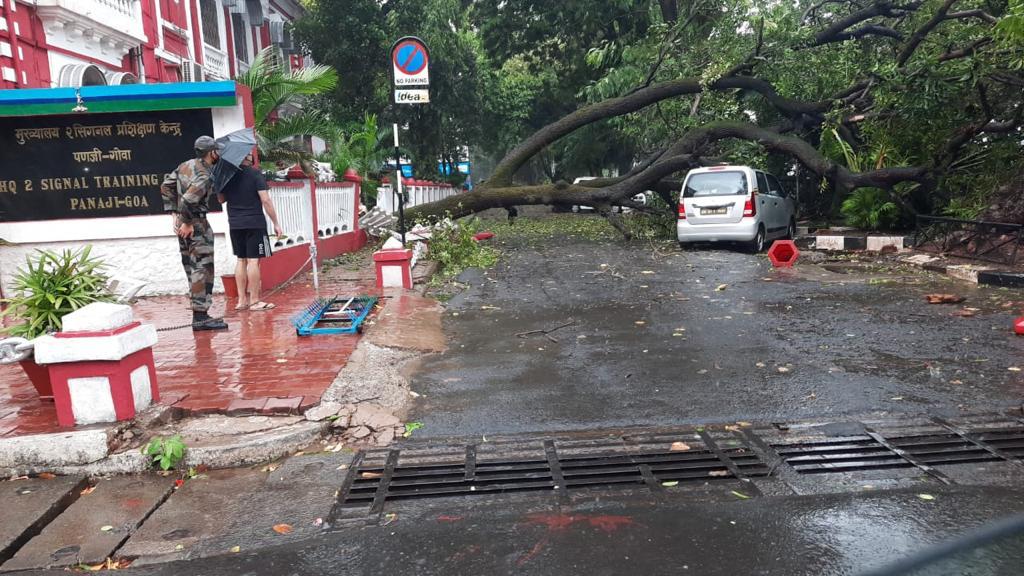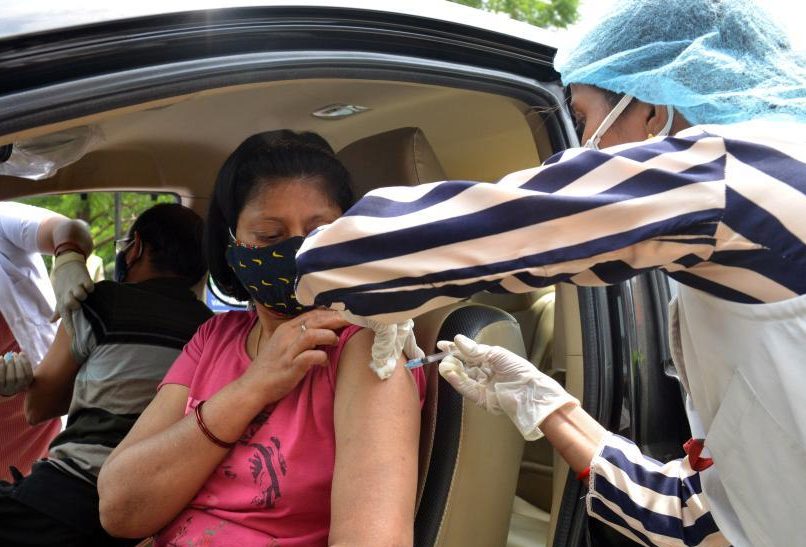India’s Ministry of Health released on the 17th of the outbreak data show that in the past 24 hours, India has added more than 281,000 coronavirus confirmed cases, a cumulative total of more than 24.96 million confirmed cases;
It is the first time since April 22 that the average number of new cases in India has fallen below 300,000 a day, and it has fallen for four days in a row since May 13. But it’s too early to say the situation is improving, and Bhramar Mukherjee, an epidemiologist at the University of Michigan, said the drop in confirmed cases would not reduce the severity of the crisis, given factors such as declining testing.
Outbreak mitigation or testing capacity limitations?
Reuters reported that the coronavirus is spreading from India’s cities to rural areas, which often lack detection capabilities, making it impossible to determine whether the gradual decline in the number of confirmed cases is related to the “pandemic has reached its peak.”
Even in many of India’s largest cities, many testing laboratories are under increasing pressure to produce test results that could take days to produce results, leading many to begin treatment before they are available, the Associated Press reported, citing experts.
Official figures show that india detected more than 1.5 million tests on the 16th, down about 300,000 from more than 1.8 million the day before. The high number is expected to remain high for some time as the number of new confirmed cases in India has often fallen after the weekend.
“The outbreak has not yet peaked in many parts of India and the number of infections is still growing.” Soumya Swaminathan, chief scientist at the World Health Organization, said: “We have to put the number of confirmed cases in the context of tests and positive rates, and if we look at the numbers alone, it doesn’t make any sense.” ”
Vincent Rajkumar, a professor of medicine at Mayo Hospital in the United States, said he was “very s. Vincent Rajkumar also points out that the decline in the number of confirmed cases is an “illusion”, which is mainly due to limited detection capacity and the spread of the pandemic to rural India.

Extend the Pandemic prevention and blockade measures in many places
In response to the rapid deterioration of the pandemic situation, the Indian capital New Delhi, Maharashtra, Uttar Pradesh, Rajasthan and other places have been implemented pandemic prevention and blockade measures.
New Delhi Chief Minister Kejriwal announced on the 16th that the current “sealing of the city” measures currently being taken by New Delhi will be extended for another week to 24, Xinhua reported. This is the fourth time New Delhi has extended the “sealing of the city” measure.
Health Minister Anil Virgil of Haryana state in northern India also announced on the afternoon of the 16th local time, in view of the current situation of the pandemic, the government decided to extend the current blockade measures for a week to the 24th of this month. Mr Anil said the government would tighten a new round of blockades, during which it urged people not to go out for non-urgent matters, while the number of weddings and funerals was severely limited to 11.
The government of West Bengal, India, announced on the 15th, from May 16 to 30 to implement a comprehensive pandemic prevention and blockade measures to curb the spread of the coronavirus pandemic.
In addition, Maharashtra, Uttar Pradesh, Rajasthan and other places have also introduced a blockade policy.
Indian police have stepped up patrols to prevent people from abandoning bodies on the Ganges River
As India’s second wave of outbreaks spread, several Indian media outlets reported that people had abandoned bodies in the Ganges, and in the past two weeks, media reports said more than 1,000 bodies of suspected coronavirus victims had been recovered from the river.
Uttar Pradesh government spokesman Navaneth Segel said on the 16th that the Ganges floating corpse has nothing to do with the coronavirus, but rather the river burial custom. In an interview with ABC News, he said that because of Hindu tradition, at some important times, some villagers did not cremate the dead as traditional, but instead threw their bodies into the river or dug graves on the banks of the river.
Although Indian officials say the practice of burial on the riverfront has been around for decades, such a large number of bodies during the new outbreak has inevitably led to speculation.
It is reported that the Indian authorities have now in Prajegraji (a.k.a. Allahabad) on the local riverbank to lay a crematorium for the burial of those who died in the coronavirus, the police also no longer allow the burial of the dead by the river. In addition, Indian media reported that police in parts of India have stepped up patrols along the Ganges River to prevent people from throwing the bodies of patients who may have died as a result of the coronavirus into the Ganges River.

The outbreak was severe and was hit by a tropical cyclone
At least 10 people have been killed and many others injured in severe weather such as tropical cyclone Taute as the outbreak rages across much of India. The Associated Press reported that the simultaneous arrival of cyclones and outbreaks could complicate and exacerbate the situation, which has so far affected several Indian states.
The cyclone damaged power and transport systems in several Indian states. Power supply systems in places such as Goa, western India, were damaged, power supplies were cut to some hospitals that admitted patients, some hospitals activated backup power, and some hospital patients were temporarily transferred to other hospitals for treatment. In Maharashtra and Gujarat, some coronavirus patients who were quarantined at temporary isolation sites were also urgently transferred to nearby hospitals.
In terms of transportation, there are some areas of the transportation system is blocked, oxygen transport trains and oxygen tanker operation has been affected. In places such as Maharashtra and Gujarat, where the outbreak hit hardest, local governments and power authorities are urgently responding to ensure power to local hospitals during cyclones, while also working to ensure local oxygen supplies.
In addition, severe weather from cyclones has led to the disruption of vaccinations in many of the above-mentioned states. The Associated Press reported that the blockade caused by the outbreak could increase pressure on local governments to respond, while people taking refuge in crowded temporary shelters increased the risk of spreading the virus.



